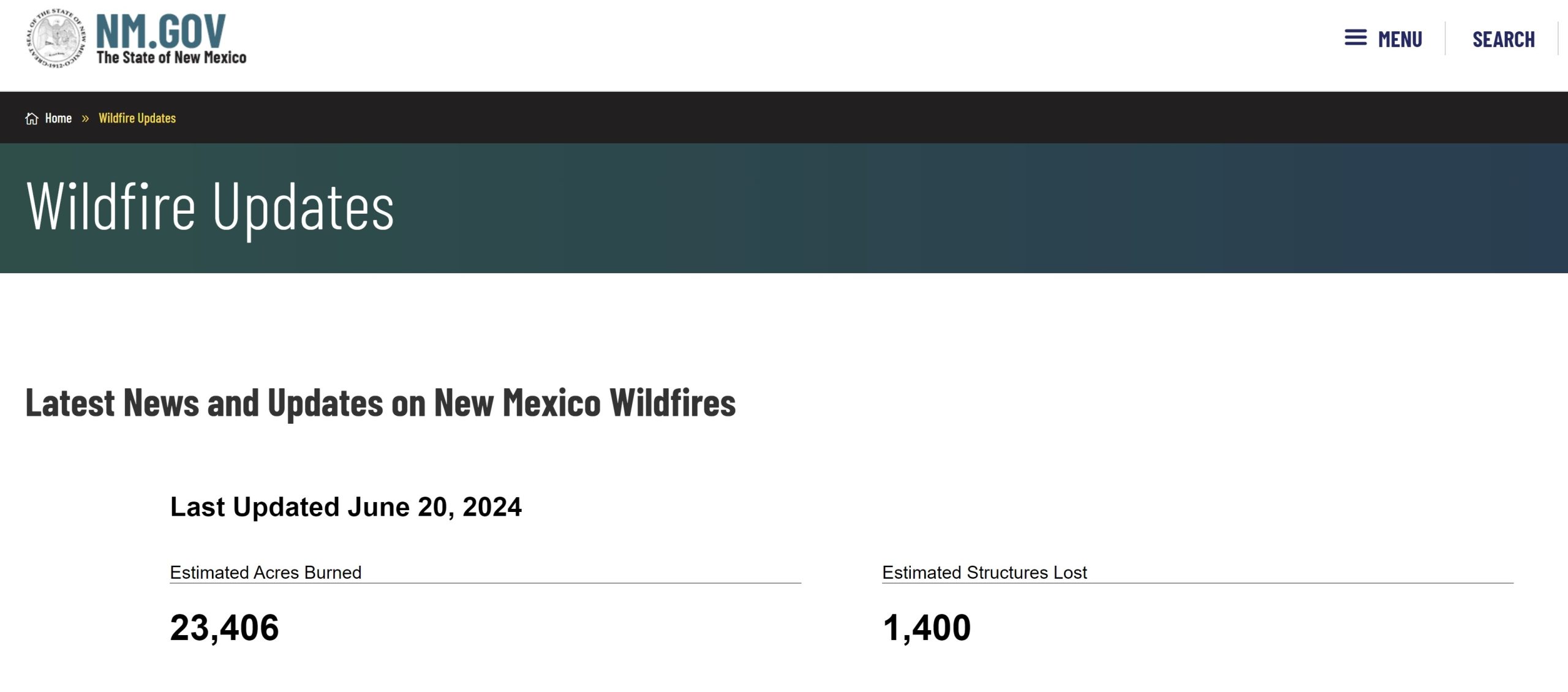Podcast: Play in new window | Download | Embed
(Photo: Mariam Nanalook / AFN)
Alaska’s heavy reliance on wild foods has prompted the U.S. Interior Department to take an unusual step.
As KNBA’s Rhonda McBride reports, it has pulled the federal Office of Subsistence Management out from under the U.S. Fish and Wildlife Service (USFWS).
Sky Starkey, an attorney and longtime subsistence advocate, says this change makes sense.
“As an accident of history, it stayed that way. And this recent action by the Secretary just corrects that.”
Starkey says the Office of Subsistence Management’s new home will help prioritize subsistence in Alaska.
“Certainly putting them under the Secretary’s office highlights their mission, gives them more independence and strength, more profile and a lot more control over their mission and their budget.”
U.S. Rep. Mary Peltola (Yup’ik/D-AK) pitched the idea of moving the office at the Alaska Federation of Natives Convention last year.
In a statement, Rep. Peltola praised the Interior Secretary for taking action.
She said she and her husband worked on this proposal together.
Emily Schwing and Sage Smiley of KYUK contributed to this story.

Roosevelt Arch, the north gate of Yellowstone National Park, one of the locations of this summer’s art exhibit. (Photo: Yunner / Wikipedia)
An arts nonprofit is partnering with Yellowstone National Park for a summerlong art installation at the park’s five entrances.
Wyoming Public Radio’s Olivia Weitz reports.
 Minnesota’s Prairie Island Indian Community has opened a recreational cannabis dispensary.
Minnesota’s Prairie Island Indian Community has opened a recreational cannabis dispensary.
Island Pezi, which means grass, is a Native cannabis company owned by the tribe located in Welch.
Prairie Island Tribal Council President Grant Johnson says the dispensary represents many important milestones and will create revenue for the tribe.
He also says it allows them to offer high-quality cannabis products to consumers.
The tribe is partnering with the White Earth Nation, carrying Native American-grown and branded cannabis from White Earth.
The tribe’s newly formed Cannabis Regulatory Commission will regulate the business.
Visitors to the business must be 21 or older.
Get National Native News delivered to your inbox daily and stay up-to-date on the 2024 Native Vote. Sign up for our daily newsletter today.


















 The Cherokee Nation is holding a Juneteenth celebration in Tahlequah, Okla.
The Cherokee Nation is holding a Juneteenth celebration in Tahlequah, Okla.